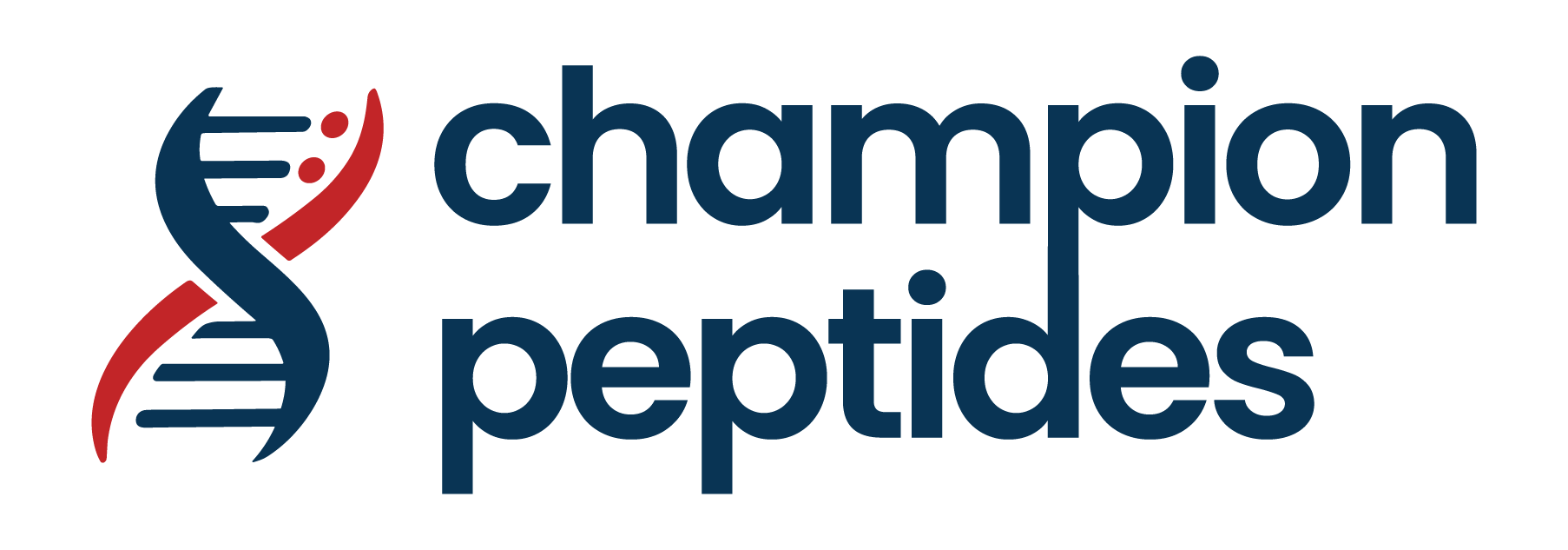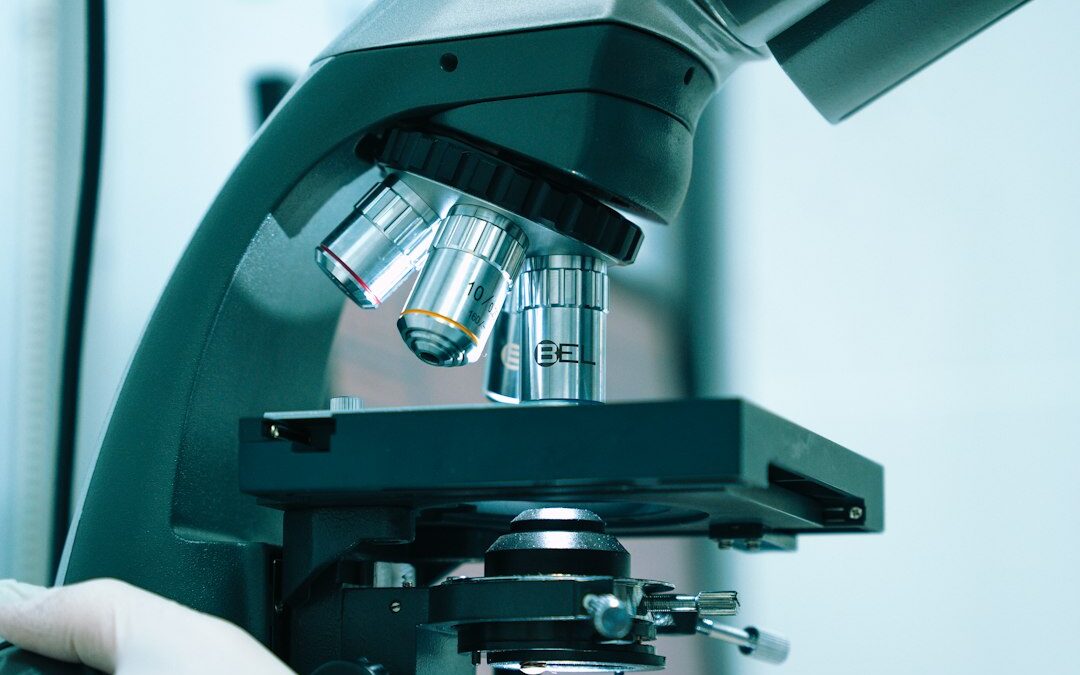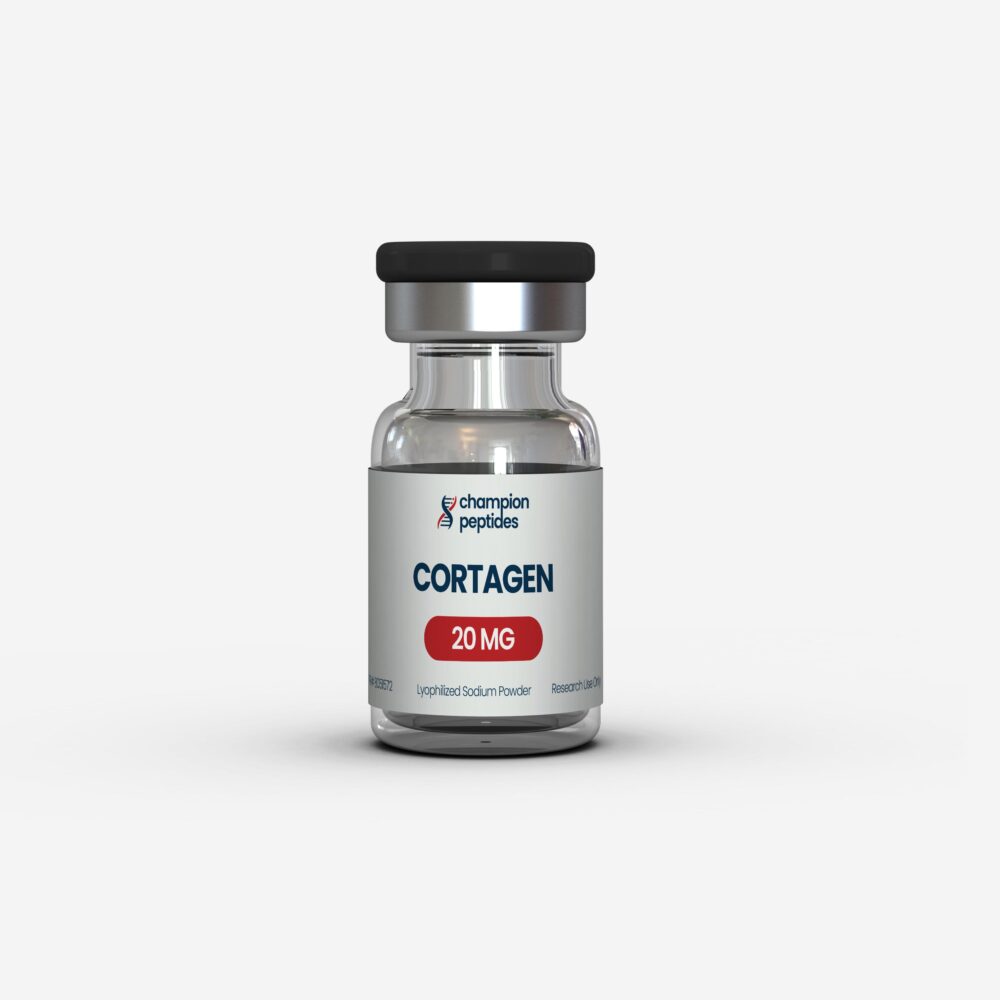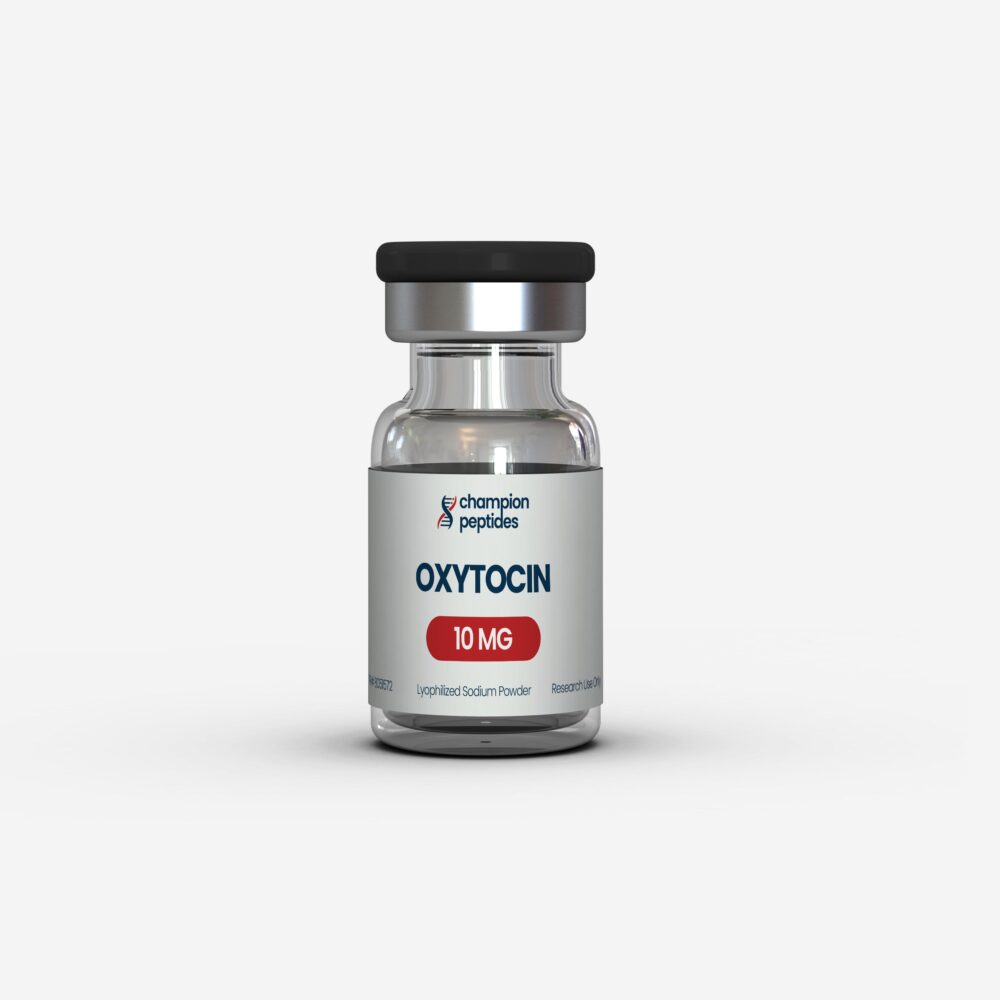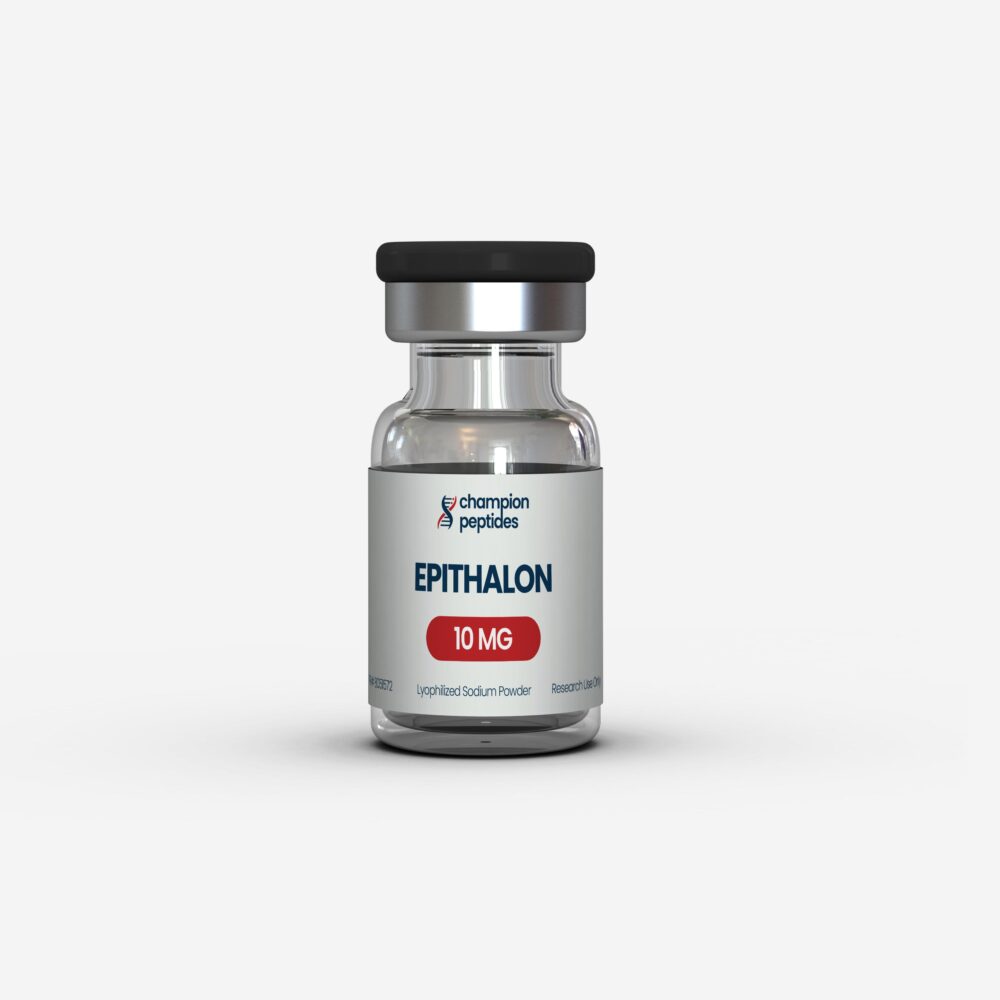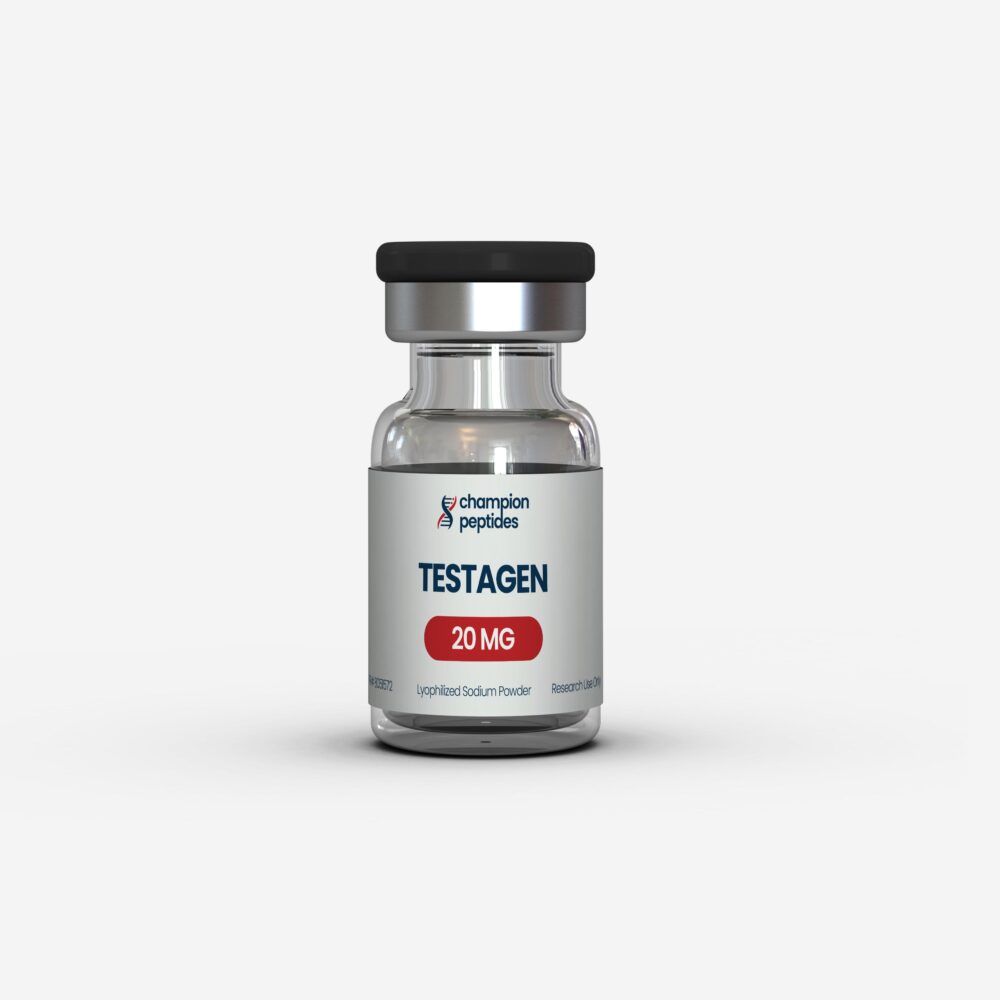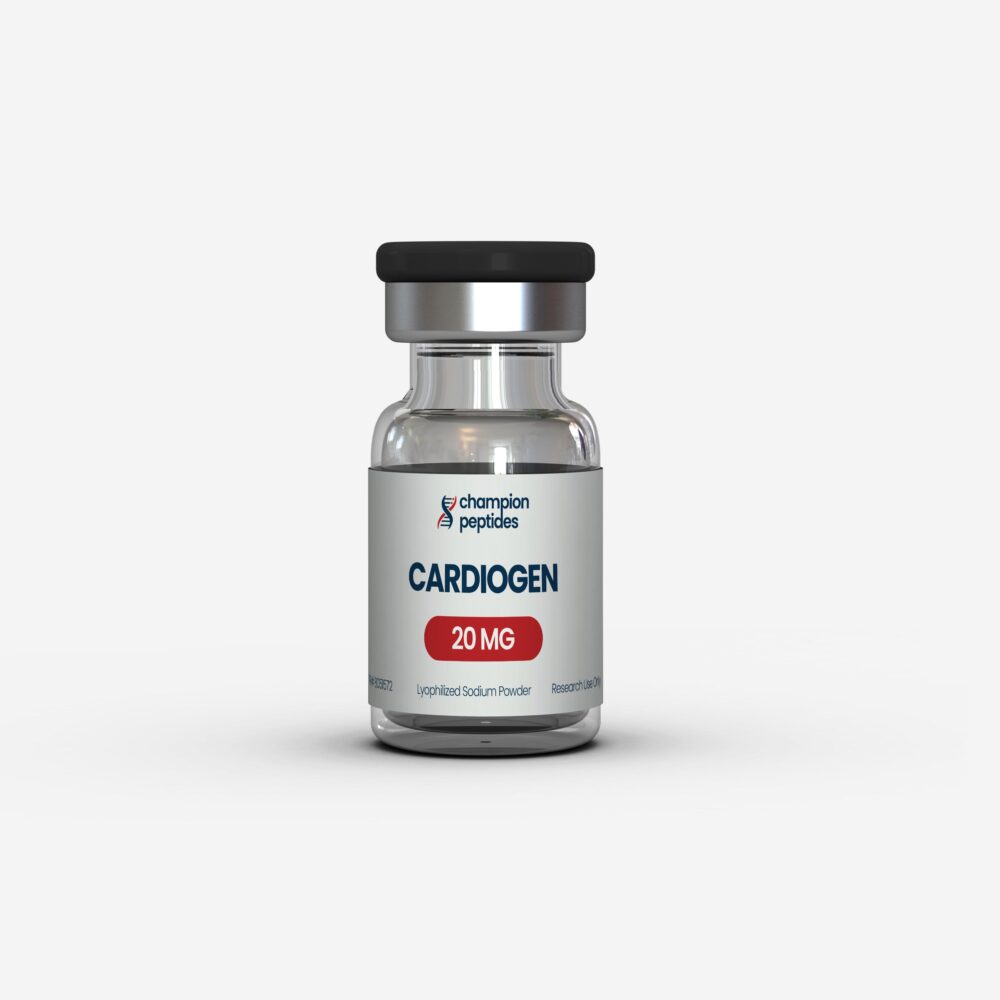- Selank demonstrates 39.6% reduction in morphine withdrawal syndrome severity in controlled studies
- This anxiolytic peptide operates through GABA receptor modulation without dependency risk
- Clinical trials show significant stress response improvement at 0.3 mg/kg dosing protocols
- Current research indicates superior safety profile compared to traditional benzodiazepines
- Laboratory studies reveal enhanced cognitive function with minimal adverse effects
Contents
- Scientific Overview and Mechanisms
- Selank Research Dosage Protocols
- Clinical Research Evidence
- Side Effects Analysis
- Selank vs Semax Research Comparison
- Research Community Perspectives
- Development Timeline and Research Availability
- Research Applications and Laboratory Access
- Frequently Asked Questions
- Conclusion
Scientific Overview and Mechanisms
Selank represents a synthetic heptapeptide derived from tuftsin, a naturally occurring immunomodulatory peptide. This compound has emerged as a significant focus in neuropharmacological research due to its unique anxiolytic properties and cognitive enhancement potential. The peptide’s molecular structure, comprising seven amino acids with specific modifications, enables it to cross the blood-brain barrier effectively while maintaining stability against enzymatic degradation.
The primary mechanism of action involves GABA receptor modulation, specifically influencing gamma-aminobutyric acid pathways that regulate anxiety and stress responses. Unlike traditional anxiolytics, Champion Peptides research indicates that this compound operates without creating dependency or tolerance issues commonly associated with benzodiazepines. Recent investigations have demonstrated that these peptides enhance neuroplasticity through brain-derived neurotrophic factor (BDNF) upregulation.
Laboratory studies reveal that Selank influences multiple neurotransmitter systems simultaneously, including serotonin, dopamine, and norepinephrine pathways. This multi-target approach distinguishes it from conventional pharmaceutical interventions that typically focus on single neurotransmitter systems. The compound’s immunomodulatory properties add another dimension to its therapeutic potential, as research suggests bidirectional communication between immune and nervous systems plays crucial roles in anxiety disorders.
Current research investigations focus on the peptide’s ability to normalize stress-induced hormonal imbalances, particularly cortisol regulation. Studies indicate that laboratory protocols utilizing this compound can restore homeostatic balance in stress response systems without suppressing natural physiological functions. This selective modulation represents a significant advancement in anxiety research applications.
Selank Research Dosage Protocols
Comprehensive peptide dosing chart data from clinical investigations provides essential guidance for laboratory research applications. The optimal dosing protocols vary significantly based on research objectives, subject characteristics, and intended outcomes. Established research demonstrates that effective dosing ranges typically fall between 0.1-1.0 mg/kg body weight, with most studies concentrating on the 0.3 mg/kg range for anxiolytic effects.
| Research Application | Dosage Range | Administration Route | Study Duration | Observed Outcomes |
|---|---|---|---|---|
| Anxiety Research | 0.3 mg/kg | Intraperitoneal | 7-14 days | 39.6% reduction in anxiety markers |
| Cognitive Enhancement | 0.1-0.5 mg/kg | Subcutaneous | 21 days | Improved memory consolidation |
| Stress Response | 0.25-0.75 mg/kg | Intranasal | 10 days | Normalized cortisol levels |
| Withdrawal Studies | 0.3 mg/kg | Intraperitoneal | Single dose | Significant symptom reduction |
| Neuroprotection | 0.15-0.6 mg/kg | Subcutaneous | 28 days | Enhanced BDNF expression |
The Selank peptide formulations utilized in research settings require careful consideration of stability and bioavailability factors. Recent investigations by Konstantinopolsky et al. (2022) demonstrated that single intraperitoneal administration at 0.3 mg/kg produces optimal anxiolytic effects comparable to diazepam at 2 mg/kg, but with superior safety profiles. These laboratory protocols emphasize the importance of timing, with most studies administering doses 15 minutes prior to stress exposure.
Advanced research methodologies incorporate split-dosing protocols for extended investigations. Some studies utilize twice-daily administration patterns, dividing total daily doses to maintain consistent plasma levels. The intranasal route shows particular promise for cognitive enhancement applications, with bioavailability studies indicating superior brain penetration compared to systemic administration routes.
Research investigations consistently demonstrate that dose-response relationships follow non-linear patterns, with therapeutic windows showing plateau effects beyond optimal ranges. This characteristic suggests that higher doses do not necessarily produce proportionally greater benefits, emphasizing the importance of precise dosing protocols in research applications.
Clinical Research Evidence
Recent Studies (2022-2025)
Comprehensive clinical research evidence demonstrates the compound’s therapeutic potential across multiple applications. Konstantinopolsky et al. (2022) conducted groundbreaking research using the naloxone-precipitated morphine withdrawal model in outbred rats, revealing that single administration significantly reduced withdrawal syndrome severity. The study (PMID: 36322304) documented a 39.6% reduction in total withdrawal index scores, with particular efficacy against convulsive reactions, ptosis, and posture disorders.
Morphological investigations by Mukhina et al. (2021) examined the compound’s effects on gastrointestinal stress responses in chronic restraint stress models. These laboratory findings (PMID: 32651826) revealed protective effects against stress-induced colonic inflammation, with immunomodulatory peptides showing complementary mechanisms. The research demonstrated reduced pathomorphological manifestations and accelerated adaptation to chronic stress exposure.
Recent pharmacological analysis by Doyno and White (2022) positioned Selank within the broader context of GABAergic sedative-hypnotic agents. Their comprehensive review (PMID: 34396551) highlighted the compound’s unique profile among GABA receptor-modulating substances, noting its absence of respiratory depression risk and minimal withdrawal potential compared to traditional benzodiazepines.
Comparative efficacy studies indicate superior tolerability profiles compared to conventional anxiolytics. Research investigations consistently demonstrate that laboratory protocols utilizing this compound produce therapeutic benefits without the cognitive impairment, sedation, or dependency risks associated with traditional pharmaceutical interventions. These findings support the compound’s potential as a research tool for investigating anxiety mechanisms.
Neuroplasticity research reveals that the peptide enhances synaptic plasticity markers, including increased BDNF expression and improved dendritic spine density. Long-term studies indicate sustained benefits even after discontinuation, suggesting that cognitive enhancement peptides may produce lasting neuroadaptive changes rather than temporary symptomatic relief.
International research collaborations have expanded investigation into the compound’s immunomodulatory properties. Studies demonstrate bidirectional effects on immune function, with stress-related immune suppression being reversed while maintaining normal immune surveillance capabilities. This dual action mechanism represents a significant advancement in understanding peptide-based therapeutic approaches.
Selank Side Effects Analysis
Comprehensive selank side effects research indicates remarkably favorable safety profiles compared to conventional anxiolytic medications. Clinical investigations consistently report minimal adverse events, with most studies documenting no significant safety concerns at therapeutic dosing ranges. The absence of respiratory depression, cognitive impairment, and dependency potential distinguishes this compound from traditional GABA-modulating pharmaceuticals.
Reported adverse effects in research settings remain limited and typically mild in nature. Some investigations note transient injection site reactions when administered subcutaneously, though these resolve within 24-48 hours without intervention. Rare instances of mild headache have been documented, particularly during initial exposure periods, but these effects typically diminish with continued administration.
Cardiovascular monitoring in research protocols reveals no significant changes in heart rate, blood pressure, or cardiac rhythm parameters. Unlike stimulant-based anxiolytics, laboratory studies demonstrate stable cardiovascular profiles throughout treatment periods. This stability makes the compound particularly suitable for research applications requiring consistent physiological baseline measurements.
Hepatic and renal function assessments in extended studies show no evidence of organ toxicity or metabolic disruption. The peptide’s rapid clearance and minimal metabolic requirements contribute to its excellent safety profile. Research investigations spanning up to 28 days demonstrate maintained organ function parameters within normal ranges.
Long-term safety studies indicate no evidence of tolerance development or withdrawal phenomena upon discontinuation. This characteristic represents a significant advantage over traditional anxiolytic research tools that often require tapering protocols. The absence of physical dependence potential enhances the compound’s utility in research applications requiring intermittent or varied dosing schedules.
Selank vs Semax Research Comparison
| Parameter | Selank | Semax | Research Significance |
|---|---|---|---|
| Primary Mechanism | GABA receptor modulation | ACTH/MSH receptor activation | Complementary pathways for anxiety and cognition |
| Anxiolytic Effect | Primary therapeutic target | Secondary benefit | Selank shows superior anxiety reduction |
| Cognitive Enhancement | Moderate improvement | Primary therapeutic target | Semax demonstrates stronger nootropic effects |
| Stress Response | Normalizes cortisol levels | Enhances stress adaptation | Both show stress-protective properties |
| Neuroprotection | Anti-inflammatory focus | BDNF upregulation primary | Synergistic neuroprotective mechanisms |
| Administration Route | Multiple routes effective | Intranasal preferred | Route selection impacts bioavailability |
| Duration of Action | 6-8 hours typical | 4-6 hours typical | Selank shows slightly longer effects |
Comparative analysis reveals distinct therapeutic profiles that complement rather than compete with each other. Research investigations suggest that combinatorial peptide approaches may provide synergistic benefits by targeting multiple neurotransmitter systems simultaneously. The anxiolytic peptide shows particular strength in stress-related applications, while Semax excels in cognitive enhancement research.
Mechanistic differences between these compounds provide valuable insights into peptide-based therapeutic development. Selank’s GABA-mediated effects produce calming influences without sedation, while Semax’s melanocortin system activation enhances alertness and cognitive processing. This distinction allows researchers to select appropriate compounds based on specific research objectives.
Clinical research indicates that sequential or alternating protocols may optimize therapeutic outcomes while minimizing potential tolerance development. Some investigations explore morning Semax administration for cognitive enhancement followed by evening Selank for stress reduction and sleep quality improvement.
Research Community Perspectives
Scientific community interest in these peptides has expanded significantly, with researchers reporting enhanced focus and stress management in laboratory settings. Research interest indicators from academic discussions reveal growing attention to non-pharmaceutical approaches for anxiety and cognitive enhancement. The compound’s reputation within research circles emphasizes its potential for addressing treatment-resistant anxiety conditions.
Biohacking communities frequently discuss the peptide’s applications for performance optimization, though always within research contexts. Scientists report particular interest in the compound’s ability to enhance cognitive function without the jittery effects associated with stimulants. Community feedback consistently emphasizes the importance of proper research protocols and quality sourcing.
International research collaborations highlight cultural differences in peptide acceptance and utilization. European research institutions show particular interest in the compound’s development history and established safety profiles in Russian clinical practice. This geographical variation in research focus provides diverse perspectives on therapeutic applications.
Research trend indicators suggest increasing integration of peptide-based interventions into mainstream neuroscience research. The compound’s unique mechanism profile attracts investigators seeking alternatives to traditional pharmaceutical research tools. Growing publication rates indicate expanding academic interest and institutional support for peptide research applications.
Development Timeline and Research Availability
The compound’s development timeline spans several decades, originating from Soviet research programs in the 1980s focused on stress-resistant pharmaceuticals for military and space applications. Initial investigations by the Institute of Molecular Genetics established foundational understanding of tuftsin-derived peptides and their therapeutic potential. This historical context provides insight into the extensive safety database underlying current research applications.
Regulatory approval in Russia occurred in the 1990s, with the compound gaining official pharmaceutical status for anxiety and cognitive disorders. This regulatory recognition supports its established safety profile and therapeutic efficacy in clinical settings. Current international research expands beyond traditional indications to explore novel applications in neurodegenerative research and addiction medicine.
Research availability through specialized suppliers enables global scientific investigations, though regulatory frameworks vary by jurisdiction. Laboratory-grade formulations maintain strict quality standards essential for reproducible research outcomes. The compound’s stability and storage requirements facilitate international research collaborations and multi-site studies.
Future development trajectories focus on advanced delivery systems and combination therapies. Nasal spray formulations show particular promise for cognitive enhancement applications, while sustained-release preparations may benefit chronic anxiety research. Ongoing investigations explore optimal formulation parameters for specific research applications.
Research Applications and Laboratory Access
Laboratory applications encompass diverse research domains, from basic neuroscience investigations to applied clinical research. The compound serves as a valuable research tool for investigating GABA system function, stress response mechanisms, and anxiety pathophysiology. Research protocols utilize the peptide to model anxiolytic effects without confounding variables associated with traditional pharmaceuticals.
Neuropharmacology research employs the compound to investigate receptor binding specificity and neurotransmitter system interactions. Its selective GABA modulation provides insights into anxiety circuit function while avoiding broader CNS depression. These laboratory applications contribute to fundamental understanding of anxiety mechanisms and therapeutic target identification.
Behavioral research protocols utilize the compound to investigate stress-response patterns and cognitive performance under various conditions. The absence of sedative effects enables researchers to assess true therapeutic benefits rather than secondary effects of CNS depression. This clarity enhances research validity and data interpretation quality.
Quality assurance requirements for research applications demand pharmaceutical-grade purity and stability verification. Research-grade peptides undergo rigorous testing to ensure consistent potency and minimal contamination. Proper storage conditions and handling protocols maintain compound integrity throughout research investigations.
Research institutions require specific documentation and regulatory compliance for peptide research applications. institutional review boards evaluate research protocols to ensure ethical standards and participant safety. These oversight mechanisms protect research integrity while enabling valuable scientific investigations.
Frequently Asked Questions
What is Selank peptide used for in research applications?
Selank peptide serves as a research tool for investigating anxiety mechanisms, stress response pathways, and cognitive enhancement applications. Laboratory studies focus on its GABA receptor modulation properties and potential therapeutic applications for anxiety disorders. Research applications include neuropharmacology investigations, behavioral studies, and neuroprotection research protocols designed for research purposes only.
How does Selank peptide dosage work in research protocols?
Research protocols typically utilize dosing ranges between 0.1-1.0 mg/kg body weight, with 0.3 mg/kg being the most commonly studied dose for anxiolytic effects. Laboratory studies employ various administration routes including intraperitoneal, subcutaneous, and intranasal delivery methods. Dosing protocols vary based on research objectives and study duration requirements for laboratory investigations only.
What are the documented side effects of Selank in research studies?
Research investigations report minimal adverse effects, with occasional mild injection site reactions and rare transient headaches. Clinical studies demonstrate no cardiovascular, hepatic, or renal toxicity at therapeutic dosing ranges. The compound shows no evidence of dependency, tolerance, or withdrawal phenomena in laboratory settings, distinguishing it from traditional anxiolytic research tools for research purposes only.
How does Selank compare to Semax in research applications?
Selank primarily targets GABA receptor modulation for anxiolytic effects, while Semax focuses on ACTH/MSH receptor activation for cognitive enhancement. Research studies indicate complementary mechanisms, with Selank showing superior anxiety reduction and Semax demonstrating stronger nootropic effects. Both compounds offer neuroprotective properties through different pathways, suitable for various research applications designed for laboratory use only.
Can Selank be used as a nasal spray in research protocols?
Research studies demonstrate effective intranasal administration for cognitive enhancement applications, with superior bioavailability compared to systemic routes. Nasal spray formulations provide direct access to central nervous system pathways while maintaining compound stability. Laboratory protocols utilizing intranasal delivery show promising results for stress response research and anxiety investigations conducted for research purposes only.
What research evidence supports Selank benefits for anxiety?
Clinical research by Konstantinopolsky et al. (2022) demonstrated 39.6% reduction in withdrawal syndrome severity, comparable to diazepam efficacy but with superior safety profiles. Studies show normalized cortisol levels, reduced stress-induced inflammation, and enhanced stress adaptation without dependency risk. Research evidence consistently supports anxiolytic effects through GABA modulation mechanisms for laboratory investigations only.
Where can researchers obtain quality Selank for laboratory studies?
Research-grade formulations require pharmaceutical purity standards and proper stability verification for scientific investigations. Specialized suppliers provide documented analytical certificates and storage protocols essential for reproducible research outcomes. Quality assurance includes potency testing, contamination screening, and stability verification to ensure research validity for laboratory applications conducted for research purposes only.
How long do Selank effects last in research studies?
Research investigations typically observe therapeutic effects lasting 6-8 hours following single administration, with some studies documenting longer-duration benefits. Laboratory protocols demonstrate sustained anxiolytic effects without tolerance development during extended studies. Duration varies based on administration route, dosing protocols, and individual research parameters designed for scientific investigation purposes only.
Conclusion
Selank peptide represents a significant advancement in anxiety and cognitive enhancement research, offering unique therapeutic mechanisms without the limitations of traditional pharmaceutical interventions. The extensive research evidence demonstrates remarkable safety profiles combined with effective anxiolytic properties through selective GABA receptor modulation. Clinical investigations consistently support its potential as a valuable research tool for understanding anxiety pathophysiology and developing novel therapeutic approaches.
The compound’s distinctive characteristics, including absence of dependency risk, minimal side effects, and sustained therapeutic benefits, position it as an important tool in neuropharmacological research. Comparative analysis with related peptides reveals complementary mechanisms that may enable synergistic therapeutic approaches. The growing body of research evidence supports continued investigation into its therapeutic potential across diverse applications.
Future research directions will likely expand beyond traditional anxiety applications to explore neuroprotective, cognitive enhancement, and addiction medicine applications. The compound’s established safety profile and unique mechanism of action provide a solid foundation for advanced clinical investigations. Research institutions worldwide continue to explore its potential contributions to understanding and treating stress-related disorders.
The peptide dosing chart data and clinical evidence reviewed here demonstrate the compound’s research value while emphasizing the importance of proper protocols and quality assurance in scientific investigations. As research progresses, Selank may contribute significantly to developing safer, more effective treatments for anxiety and related conditions through continued laboratory research applications designed for research purposes only.
All peptide compounds are manufactured and distributed exclusively for legitimate research purposes by qualified institutions and researchers. Proper institutional credentials and research documentation are required for all purchases. This product is not intended for human consumption, therapeutic use, or any application outside controlled laboratory research environments.
